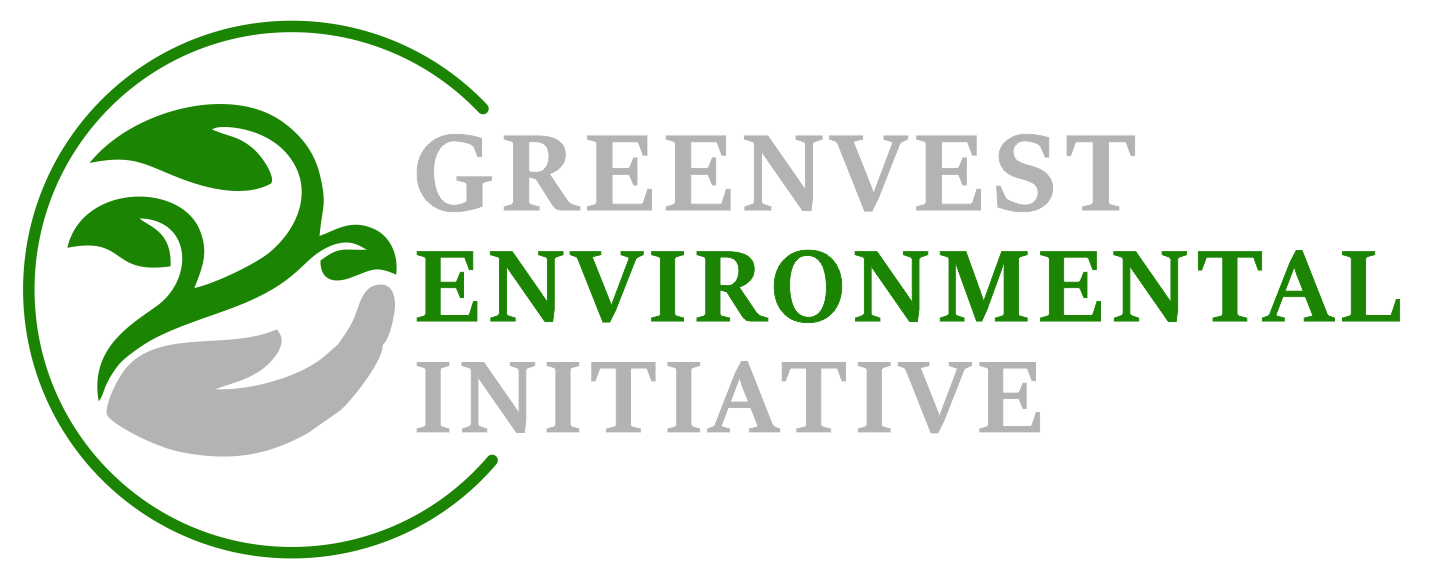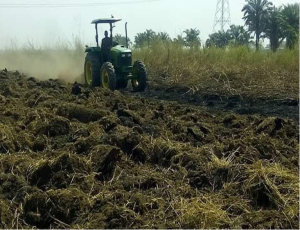
What is not smallholder farming?
Series of contradictions have raised concerns over the categorization of small holder farming especially in a prevailing climate crisis. There are arguments more often on who and what small holder farming could be referred to or NOT. Small holder farming is NOT commercial scale agricultural practices in any case.
Commercial agriculture refers to the growing of crops for food or fiber, grazing or raising of livestock with the typical intent to sell the products for profit and NOT for personal consumption. It defers wholistically from the practice of depending wholistically for the cultivated crops as a source of livelihood. Commercial agriculture does not include crops or agriculture grown for personal consumption or equestrian uses since SMALLHOLDER FARMERS are generally less well-resourced than commercial-scale farmers. They are usually considered part of the informal economy (because they may not be registered, tend to be excluded from aspects of labor legislation, lack social protection and have limited records). Commercial farming meaning is that where farmers produce crops and livestock, trees, apiculture and aquaculture on a large scale. It is a type of agribusiness where farmers raise crops and livestock to make money by selling them in the market only. Mostly commercial farming involves raising crops and livestock for only business.
While smallholder farmers raise crops to take care of their livelihood. Commercial farming is practiced on a large-scale or vast arable lands. Commercial farming involves substantial investment to purchase machinery, equipment, and other inputs, achieved and ascribed knowledge to make production on a large-scale feasible, using state of the art technology to maximize the productivity and efficiency of the farm. High-yield varieties are also used to generate higher yields produce. Commercial farming require a constant and reliable supply of water for irrigation since crops are cultivated on an extensive scale and almost more than once a year and beyond the annual raining season.
Basic Features of Commercial Farming
Commercial farming entails the generation of output for export, raw materials for industries, and food storage in large quantities over a long period of time; requiring modern inputs machinery, expanded knowledge, deliberate attitude and practices and resources that expand the yield of large farm. Gulf nations import agricultural products from other countries because their climatic conditions do not permit agricultural practices. Other countries depend on commercial agriculture as Internally Generated Revenue (IGR) and subsequent Gross Domestic Product (GDP).
Capital-intensive Production and Modern Farm Equipment Since it requires vast lands, the most efficient and modern machinery such as diggers, harvesters, tractors, plows, and even planters, drones, sprayers, and biological, chemical and soil analysis are needed to enable commercial farming. Agribusiness require a huge amount of capital investment. Intensive and strategic labor.; Using HYV (High yielding varieties). Pest infestations may hinder crop growth and result in reduced output. To prevent profit margins from shrinking, commercial farmers are proactive, prepared by making available inputs such as high-yielding varieties, fertilizers, and pesticides, and weed killers before embarking on farming circles. Commercial farmers use seedlings and not seeds for planting
Commercial Farming vs Subsistence Farming
Small holder agriculture is practiced at a relatively smaller scale mostly to produce food for one’s own consumption. And as a main and only source of livelihood. While commercial farming projects an entire value and supply chain. Smallholder farming is practiced on a small area of land to produce enough food for the survival of the family. The surplus is usually sold to the market to generate income. This contrast widely from commercial farming especially in terms of the farming methods used and processes, from sowing to harvesting carried out manually using hand tools. Most of the time the family works on their own. Farmers do not use chemical fertilizers or pesticides on their crops because they are typically unaffordable. Instead, natural resources such as manure as fertilizers. To combat pests, the farmers usually rely on natural predators. Mixed farming is a common practice for subsistence farmers, allowing them to make the most of their limited farming land. For instance, a subsistence farm may also rear animals with crop cultivation so that animal manure can be used as fertilizers and the by-products are used as animal feed.
.Production Takes Place All Year Round Subsistence farms rely on rain, the right weather, and climatic conditions for production to take place. On the other hand, commercial farming takes place all year round. This is because agribusinesses have access to modern technologies that provide them with suitable conditions needed to cultivate crops. For example, artificial irrigation methods and rainfall allow them to operate all year.
Asan Jimengi Jude
GREENVEST Environmental Initiative ( GVEI)




